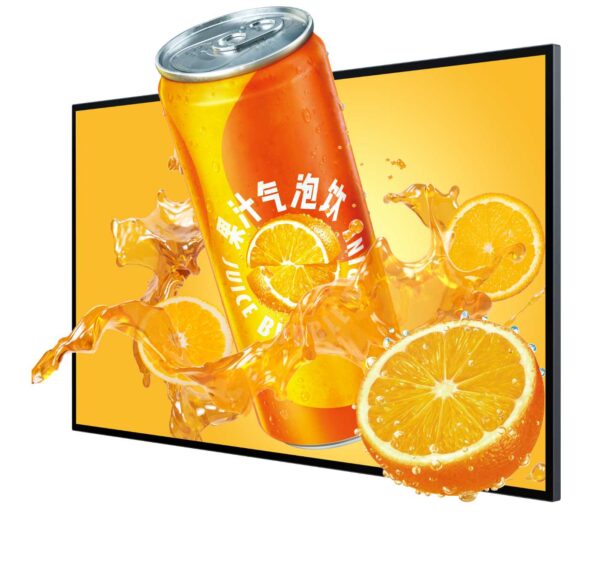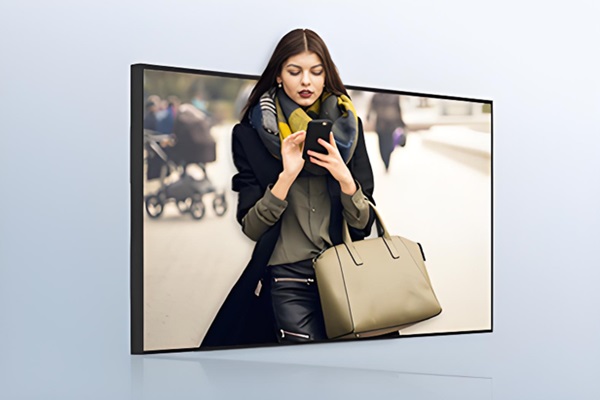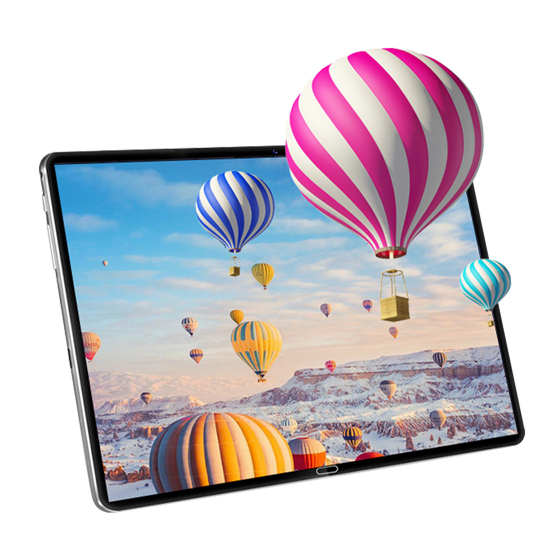As technology evolves, glasses-free 3D software is revolutionizing how we experience and engage with 3D content. By removing the need for traditional 3D glasses, this innovative technology offers a seamless, immersive visual experience. From entertainment and gaming to design and healthcare, glasses-free 3D software is unlocking new possibilities across various industries. In this article, we’ll dive into the transformative role of glasses-free 3D technology and its diverse applications.
What Is Glasses-Free 3D Software?
Glasses-free 3D software refers to technology that enables users to view and experience three-dimensional content without wearing special glasses. These solutions often use autostereoscopic techniques to generate depth perception, with display methods such as lenticular lenses, parallax barriers, or light-field displays. Unlike traditional 3D displays that rely on eyewear, glasses-free 3D projects different visual angles directly to the viewer’s eyes, creating a natural sense of depth.
How Glasses-Free 3D Software Works

Glasses-free 3D software creates depth by delivering distinct images to each eye, mimicking natural human vision. The technology relies on advanced display techniques that carefully control light and perspective:
- Lenticular displays: A lens array on the screen directs light at specific angles, providing each eye with a different image. This creates a 3D effect by allowing the brain to combine the perspectives. It works well for both static and moving content, offering a broad viewing angle for multiple viewers.
- Parallax barrier displays: A thin layer with precise slits is positioned in front of the screen. These slits act as a barrier, controlling which portions of the image reach each eye. By carefully aligning the images with the viewer’s position, the display produces a convincing sense of depth and dimensionality without additional equipment.
- Light-field displays: Light-field technology mimics the way light travels in 3D space, capturing multiple perspectives at once. This allows viewers to see realistic 3D content from various angles, creating a highly immersive experience that mirrors natural depth perception.
Applications of Glasses-Free 3D Software
1. Entertainment and Gaming
Glasses-free 3D software has transformed entertainment and gaming by providing immersive environments without eyewear. Games become more lifelike, and 3D films or streaming media offer a more comfortable viewing experience.
2. Medical Imaging
In healthcare, glasses-free 3D software helps doctors and medical professionals view CT scans, MRI images, and complex data in interactive 3D formats. This enhances diagnostic accuracy and improves the precision of surgical planning, leading to better patient outcomes.
3. Design and Architecture
Designers and architects use glasses-free 3D software to build detailed, interactive models of their projects. Teams can analyze spatial layouts and discuss designs in real time, without the need for physical prototypes.
4. Advertising and Retail
Retailers and advertisers use glasses-free 3D displays to create attention-grabbing product showcases and interactive advertisements. These displays attract customers and enhance brand engagement.
5. Education and Training
Glasses-free 3D is also used in classrooms and training environments. Students can explore scientific concepts or mechanical systems in 3D, while medical students can learn anatomy using realistic digital models.
Benefits of Glasses-Free 3D Software

- Comfortable and accessible viewing: Unlike traditional 3D systems, glasses-free 3D software requires no eyewear, reducing eye strain and allowing multiple viewers to enjoy the content naturally. This makes it ideal for public displays, classrooms, and shared workspaces.
- Enhanced collaboration: Multiple users can view and interact with the same 3D content simultaneously, improving teamwork in fields like design, architecture, engineering, and education.
- Cost-efficient solution: No need to purchase, maintain, or replace 3D glasses, lowering operational costs and avoiding hygiene concerns in shared environments.
- Immersive user experience: Delivers realistic depth and visual effects, making products, presentations, or educational content more engaging and memorable.
The Future of Glasses-Free 3D Software
The future of glasses-free 3D software is very promising. Advances in display resolution, viewing angles, and AI-driven rendering will produce sharper and more consistent 3D visuals across multiple perspectives. Emerging technologies like light-field displays and eye-tracking systems will create highly realistic depth perception without distortion.
Integration with VR and AR platforms will expand its applications in industries such as healthcare, education, retail, and entertainment. From interactive medical imaging and immersive training simulations to next-generation gaming and product showcases, glasses-free 3D software is set to become more accessible, practical, and essential for both professional and consumer use.
Conclusion
Glasses-free 3D software is rapidly becoming a game-changer across multiple industries, transforming how we interact with digital content, collaborate on designs, and conduct training or medical procedures. As the technology continues to evolve, it will bring even more innovations, making 3D experiences more accessible, immersive, and interactive. E3D METAVERSE is leading the way in developing cutting-edge glasses-free 3D solutions. Contact us to discover how we can help you integrate this revolutionary technology into your business or projects.





